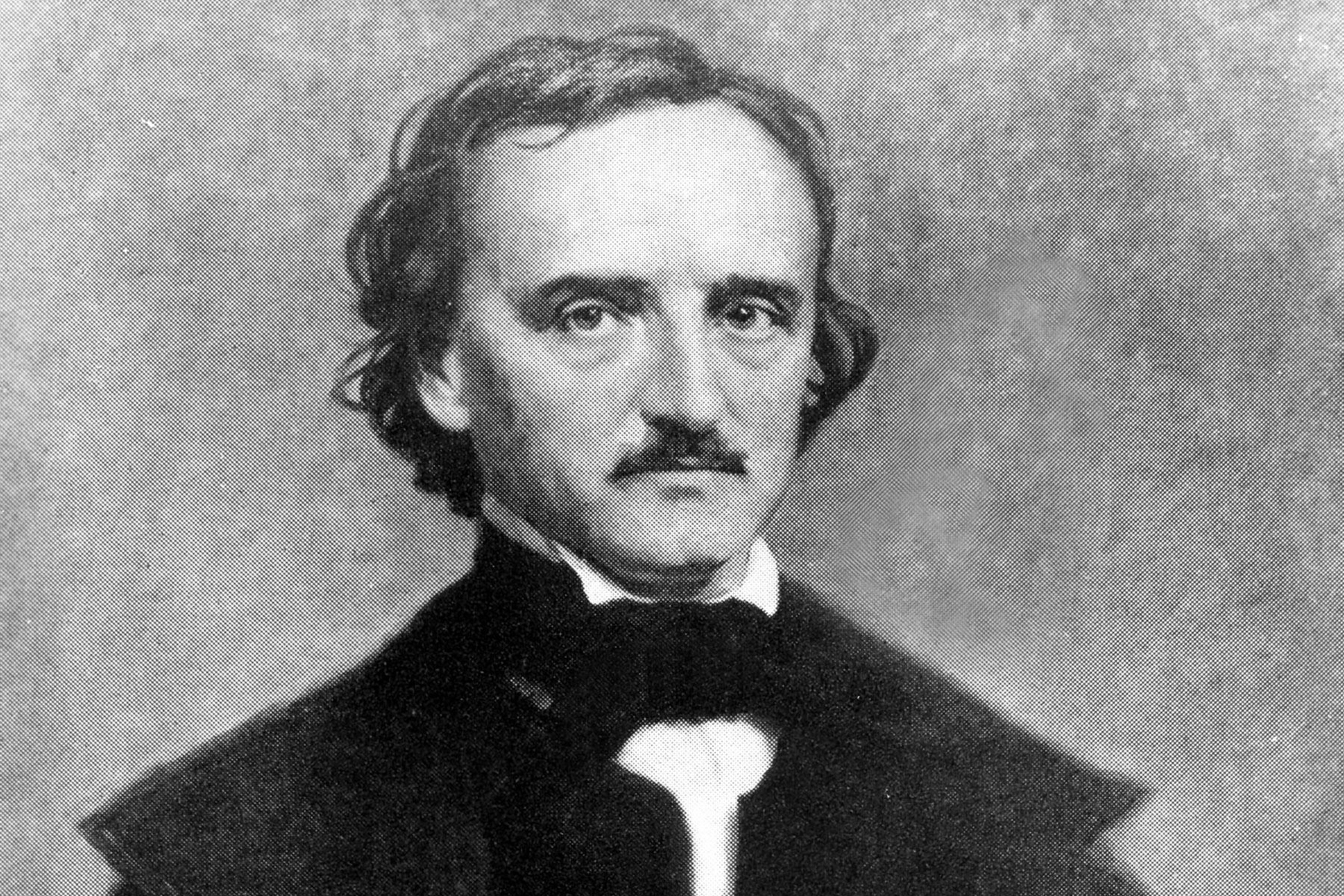
Edgar Allan Poe. You likely remember him from your GCSE English poetry anthologies. You know, he of The Raven and The Bells. Don’t worry if those titles aren’t ringing any of your own bells. Despite being schooled in Scotland and growing up across Chelsea, Richmond and Stoke Newington, Poe’s connections to the East Coast of the United States have long seen our friends across the pond claim the poet as one of their own.
This is thanks, in part, to Poe’s brief and somewhat mysterious time as a member of the United States Army – a period which forms the focal part of Netflix’s new Gothic thriller The Pale Blue Eye.
An adaptation of Louis Bayard’s 2003 novel of the same name, The Pale Blue Eye sees Edgar Allan Poe (Harry Melling) team up with Augustus Landor (Christian Bale), a fictional detective drawn from various parts of Poe’s literary oeuvre, to investigate a series of murders. But while the story itself is entirely fictional – despite Poe’s interest in the macabre, there is no evidence that he was, in fact, ever involved in any actual murders – the film does take inspiration from a time that would come to shape Poe’s most famous works.
Set in 1830, The Pale Blue Eye finds Poe adrift as a young cadet at the West Point military academy in New York. Now in his early 20s, the years preceding his arrival at West Point had been somewhat tumultuous for the real-life Poe.
Having lost his mother and been abandoned by his father as an infant, Poe was taken in by a wealthy Virginian tobacco and slave trader named John Allan. The Allans moved to the UK when Poe was six before returning to America in 1820. A few years later, John Allan’s uncle died leaving him a sum equivalent to around $18 million in today’s money. And, while members of the Allan family were no strangers to the finer things in life, in a tale as old as time, finding himself among enormous wealth, the teenage Edgar Allan Poe began to go off the rails.

The modern West Point Military Academy. Image: Shutterstock
At 16, Poe became secretly engaged to his then 15-year-old neighbour Sarah Elmira Royster before her father intercepted, destroying all of Poe’s letters to his daughter and forbidding the relationship. The pair would rekindle their romance more than two decades later but, due to both the disproval of Royster’s own children and Poe’s untimely death, a wedding would never ultimately take place.
Instead, aged 17, Poe enrolled at the University of Virginia to study ancient and modern languages. Founded by Thomas Jefferson and still in its infancy, the university had strict rules against drinking, gambling, smoking and other hedonistic pursuits. Paradoxically, it also worked on a system of self-governance whereby the students were responsible for setting their own curriculum, finding their own lodgings and reporting rule breakers. Bearing in mind that most of the students were around the same age as Poe, you can imagine how well that worked out.
Dropout rates were astronomical and, having quickly found himself with mounting gambling debts and no way to pay for accommodation, clothes and textbooks, Poe lasted just a year before being forced to leave. Now estranged from his foster father, who Poe blamed for not sending sufficient money to support his studies, Poe set course for Boston, lying about his age to enlist in the US Army.
This is the Poe – young, dreaming of a literary life and chafing against the strictures of the military – that we meet in The Pale Blue Eye. This Poe is also one about which we know the least, making him, perhaps, a surprising choice around which to set a novel or film.
However, as director Scott Cooper told Netflix’s Tudum, the lack of historical documentation actually proved rather freeing. “These events that occur in our film shaped [Poe’s] worldview and helped him become the writer that he became – with the recurring themes that deal with the questions of death, and the effects of decomposition and reanimation of the dead and mourning – all those things that are considered part of his dark romanticism.”
What is clear, however, is that Poe was not cut out for a long-term life in the military. After just six months the aspiring poet purposely sought to get court-martialled, pleading not guilty to charges of disobedience and gross neglect of duty, safe in the knowledge that a guilty verdict – and thus dismissal – was assured.
Aside from helping shape a career that would frequently explore themes of death, regret and loss, it seems Poe’s time at West Point had a more unexpected and immediate impact on his career as a poet. Upon leaving West Point, Poe published his third book of poems, somewhat uninspiringly called Poems. The tome was made possible thanks to his fellow West Point cadets, who raised $170 to finance the book by donating 75 cents each.
Famed for his humorous satirical verse while at West Point, one feels they may have been a little disappointed to find their copies full of poems dedicated to the mothers of childhood friends and mythical singing angels.
The Pale Blue Eye is available on Netflix from 6 January 2023.
Read more: The scandalous tale of Lady Chatterley’s Lover
The post The Pale Blue Eye: The true story behind Netflix’s new murder mystery appeared first on Luxury London.
